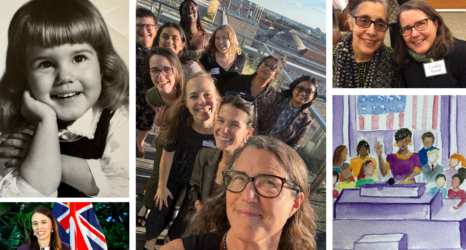“We had air raids night after night. When we were not operating at night, we spent the time from darkness to dawn in a cellar twenty feet underground.”
Navy nurse Mary Elderkins wrote this of working close to the lines.
Thousands of American women served in all duties overseas during World War I, except combat—although some were killed by shells and bombs.
They were doctors, hospital administrators, ambulance and truck drivers, telephone operators, nurses, dietitians, physical therapists, reconstruction aides, entertainers, canteen workers, office workers, fundraisers and many other occupations.
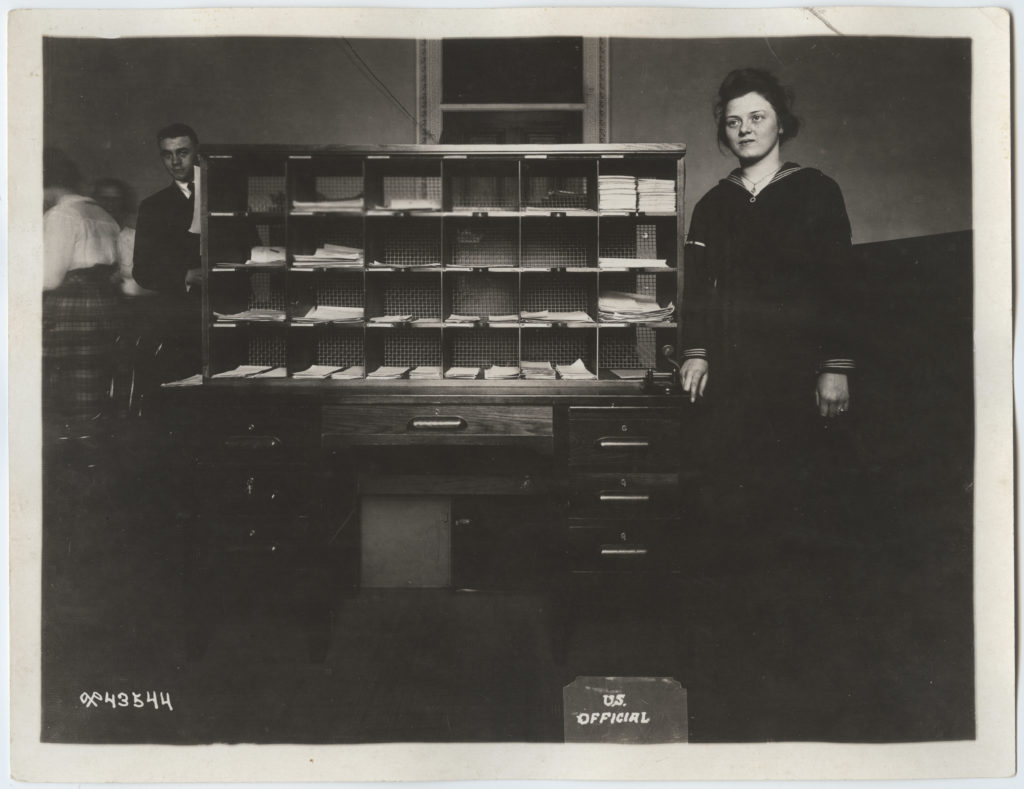
For many women, it was a chance to work at tasks unavailable to them in the regular circumstances of society.
The most lasting effect of WWI on American women was the loss of loved ones: of husbands, sons, daughters and siblings. Battlefield deaths and cataclysmic diseases took a terrible toll which the society would struggle to recover from.
For others who put on uniforms in a military capacity or as volunteers, to go back to pre-war life proved a difficult transition. Many who served in defense of the country could not continue to defend it without the voice of the vote, and they became leaders in the passage of the 19th Amendment. Others went back to civilian life, some perhaps welcoming it and others chafed by it.

The most known women were the nurses. American Red Cross Nurses were basically the reserve for the Army Nurse Corps and in wartime could, by their consent, be assigned to active duty as Army Nurses. Army Nurses served at American and British base hospitals, on sanitary trains, in forward area evacuation and mobile hospitals and on surgical teams at casualty clearing stations. Navy nurses had similar postings.
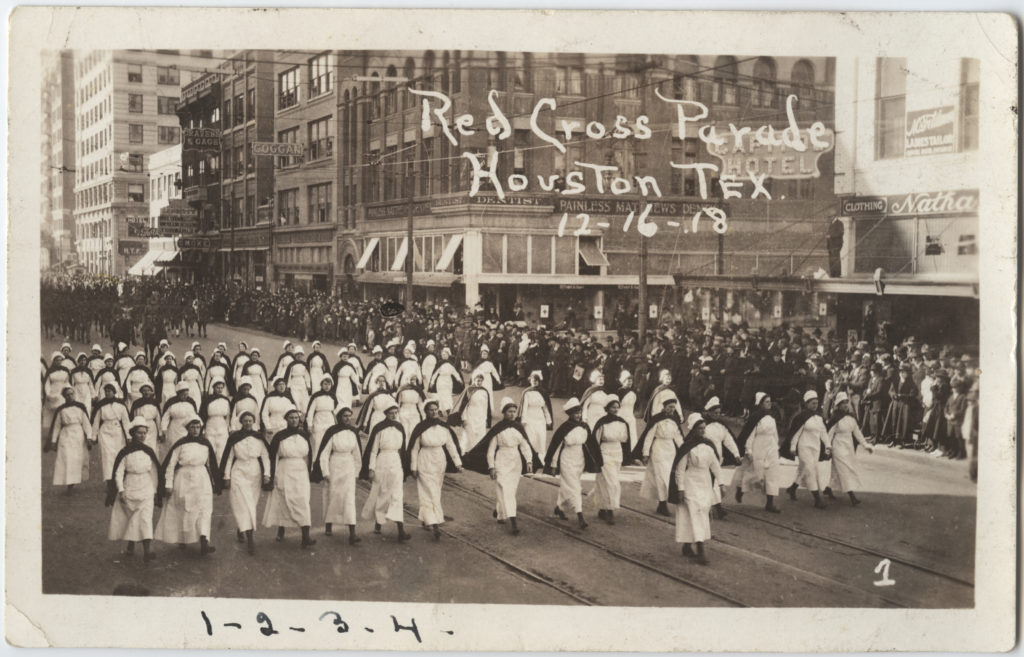
Women telephone operators, recruited in the states for their civilian experiences and ability to speak French, served in the Army Signal Corps. The women telephone operators did not receive their veterans’ status until 1978.
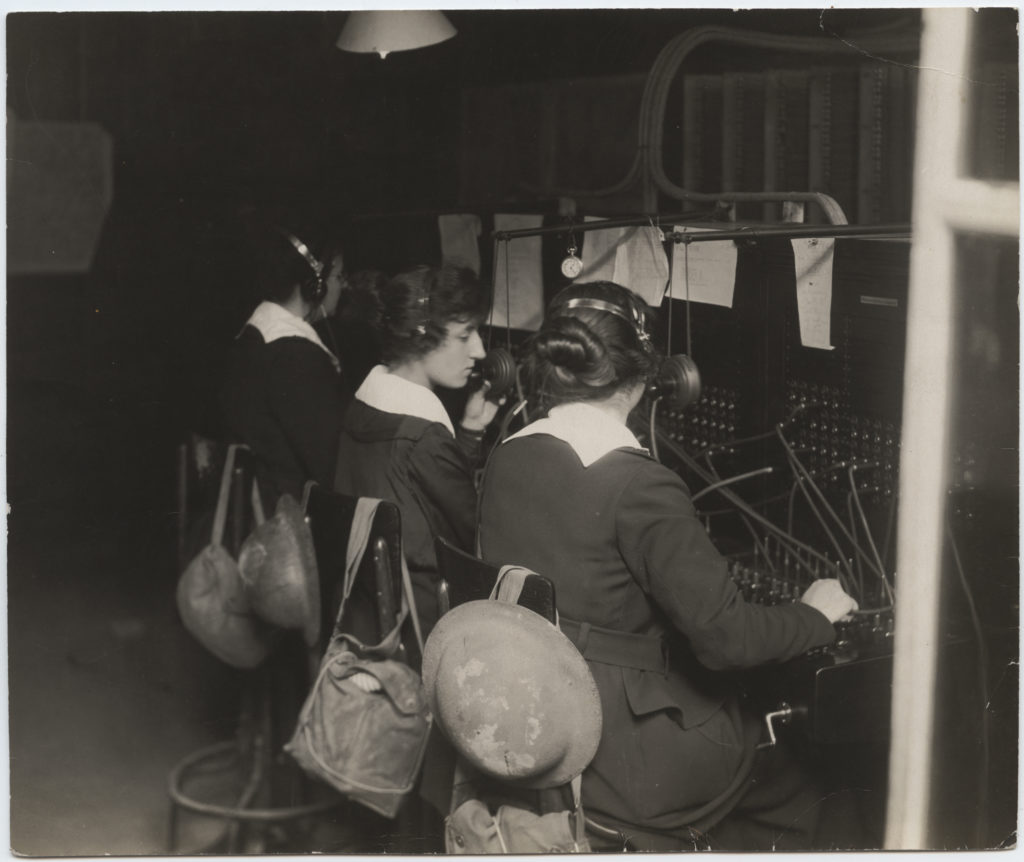
A YMCA proclamation stated that the “opportunity for the American stage and Lyceum to do a great service in standing back of the men behind the guns is without parallel.”
The women entertainers were taking part in an endeavor for which they were told “there was no precedent.” More than 35,000 individuals were in the YMCA entertainment operations at home and abroad.
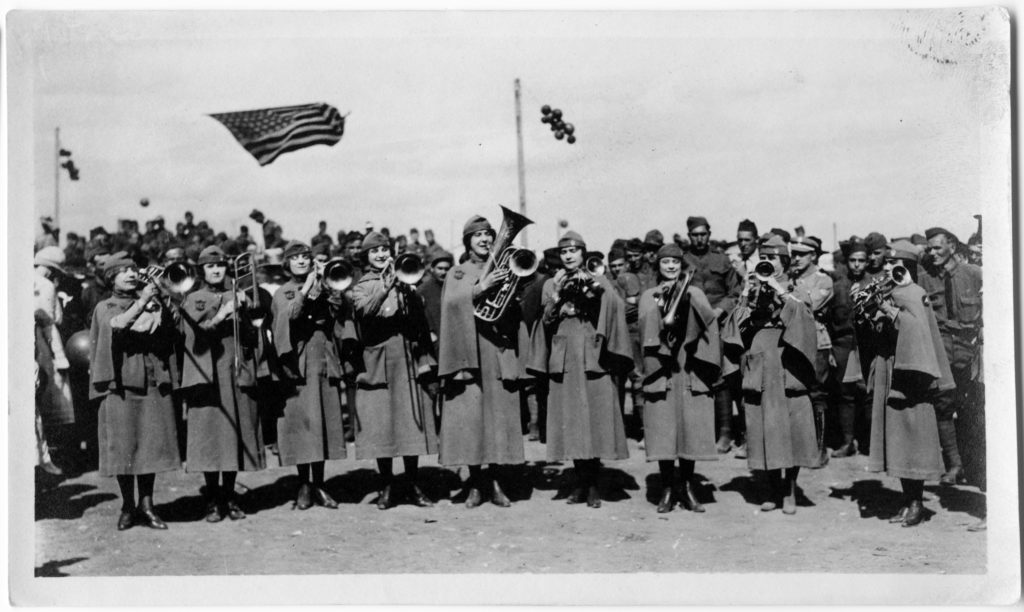
African American women were not technically allowed to go to Europe to serve—but recent scholarship in the Museum and Memorial’s archives show at least 14 African American women working as volunteers at a YMCA center in France. African American women did serve in the Navy as Yeoman (F).
Said poet and political activist Alice Dunbar-Nelson of black women’s efforts during the war in 1918:
“The National Association of Colored Women organized at the very beginning of the war to cooperate in every way with the Woman’s Council of Defense. In the Third Liberty Loan, they raised about five million dollars. Savannah, Georgia, alone raised a quarter of a million dollars. In a tobacco factory of Norfolk [women] subscribed 91,000 dollars.
“The National War Savings Committee appointed colored women to conduct campaigns for the War Savings Committee. The [African American] women worked as ammunition testers, switchboard operators, stock takers, wrappers, elevator operators, subway porters, ticket choppers, trained signalers, [rail]yard-walkers.
“They went into every kind of factory devoted to the production of war materials, from the most dangerous posts in munitions plants to the delicate sewing in aero plane factories. [They] drove motor trucks, unloaded freight cars, dug ditches, packed boxes. The colored woman running the elevator or speeding a railroad on its way by signals was a common sight.”
Several women received the Distinguished Service Cross for World War I service. It is the second-highest Army award, next to the Medal of Honor.
Throughout the war, Jewish women across the country responded in many ways in their support of the war effort both on the home front and overseas. The Jewish Welfare Board was organized in 1917 to “help meet the war needs.” The Board established over 200 centers for service men and women in stateside training camps and overseas. The Board was part of the larger United War Work Campaigns.
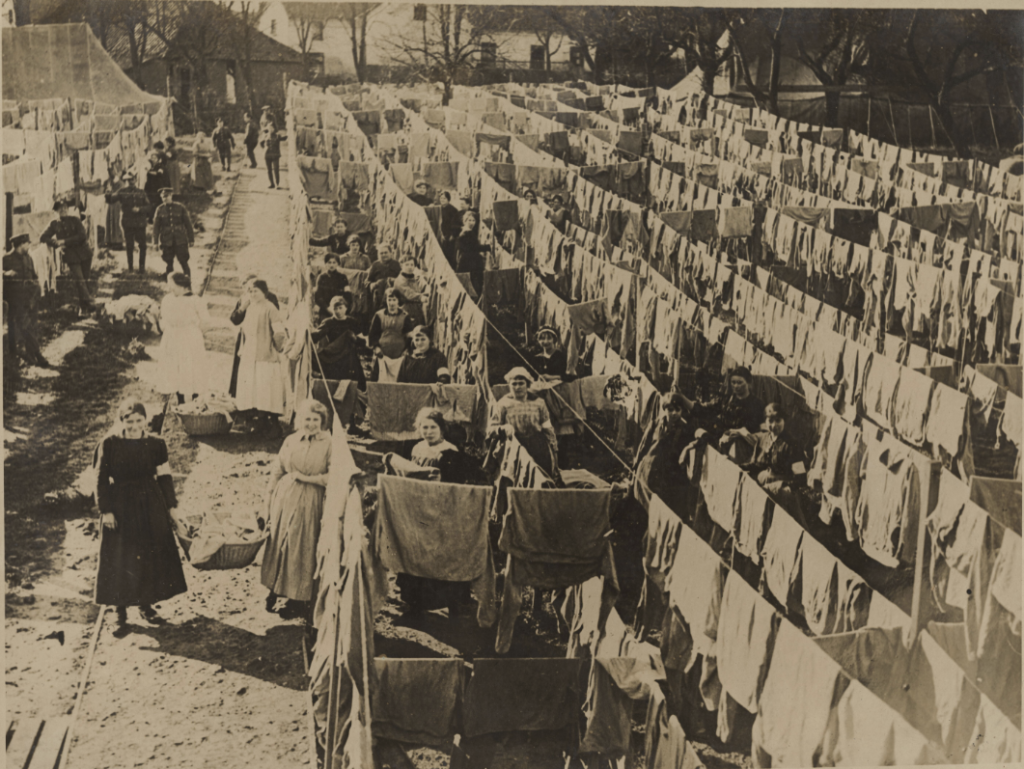
Of all the American women who served their country in WWI, one observer wrote that they “do anything they were given to do; that their hours are long; that their task is hard; that for them there is small hope of medals and citations and glittering homecoming parades.”
The National WWI Museum and Memorial is America’s leading institution dedicated to remembering, interpreting and understanding the Great War and its enduring impact on the global community. The Museum and Memorial, which holds the most comprehensive WWI collection in the world, started collecting internationally in 1920 and continues today to collect from all nations in the war. Women’s service for the United States and worldwide has always been recognized and is an important part of the exhibitions, scholarship and public programming. Learn more at theworldwar.org.





